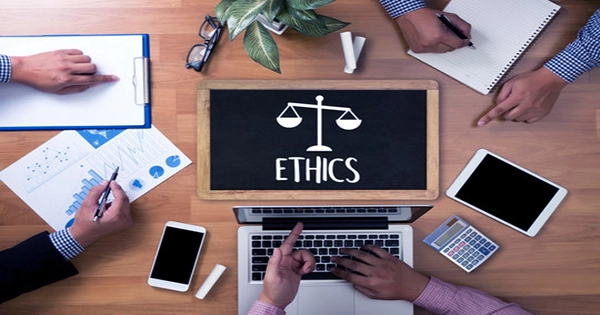Rob Leclerc has the type of pedigree that attracts investors: He graduated from the University of Calgary with a master’s degree in computer science and Yale University with a Ph.D. in computational biology. Indeed, ten years ago, what he truly intended to accomplish with his degrees was to locate and support agriculture-related climate change initiatives. However, “agtech” was not yet a category a decade ago, which made pitching investors on the idea of an investment fund that Leclerc would lead with partner Michael Dean, with whom he had previously run an agribusiness in West Africa for several years, difficult.
Investors were aware of “a handful of enterprises” related to agtech at the time, according to Leclerc. Consider Climate Corp, Impossible Foods, and Blue River, a smart equipment startup. However, Climate Corp had not yet sold for $1 billion to Monsanto. Impossible Foods wasn’t worth billions of dollars when it was founded. And Blue River’s $305 million sales to John Deere were still years away. “Narrative was the main issue,” Leclerc said. “It didn’t seem to bother anyone.” He and Dean might have given up, but instead, they founded AgFunder News, a content firm located in San Francisco.
“We figured that if we could get people interested in food and agriculture, we might be able to [raise a fund later],” Leclerc said. It was a wise decision. After publishing over 4,000 articles and attracting 90,000 subscribers to the site’s weekly newsletter, Leclerc announced that AgFunder’s investment team – which now includes four partners – had just closed on $60 million in capital commitments for a new fund that they expect to reach $100 million in the next few months if all goes well. It’s a significant step up from prior money raised by Leclerc and his team, which began with their email subscribers some years ago.
“We started with a $2.5 million friends-and-family fund,” he explained, “but we needed additional money five months later, so we raised $2 million, and then we raised $5 million six months later.” And so forth. “The notion that we know what we’re doing and can spot companies started a lot of talks that we wouldn’t have had otherwise,” Leclerc said, “and the belief that we know what we’re doing and can detect companies started a lot of dialogues that we wouldn’t have had otherwise.” It was turned into a structural advantage.”
This isn’t an unusual tactic. Michael Arrington, the creator of TechCrunch, claimed he was partially inspired by Leclerc, who developed a brand around entrepreneurship before using the power of that brand to begin an investment career.
Meanwhile, Arrington was followed in his footsteps by investor Jason Calacanis, who had previously launched a media firm, and more recent instances are starting to surface on a regular basis. Last year, Londoner Harry Stebbings used his “Twenty Minute VC” podcast as a launching pad into the venture capital industry, while Nik Milanovi, the creator of the two-year-old weekly “This Week in Fintech,” created the Fintech Fund in January. Regardless of how deep their finances are, newsletter subscribers do not invest tens of millions of dollars in a team without first seeing some outcomes. AgFunder (which has subsequently expanded its LP base) already has a few to brag about.
Bear Flag Robotics, an autonomous tractor startup that sold to John Deere for $250 million last year; Root AI, a startup that was developing a harvesting robot for indoor farms and was acquired by AppHarvest for $60 million last year; and Greenlight Biosciences, a biotech company focused on RNA research that went public last month by merging with a special purpose acquisition company, were among the 60 companies to receive a check from AgFunder so far.
Continue guessing how much the business owns in each of these firms if you’re fascinated. AgFunder doesn’t think about ownership objectives or try to own a certain proportion of a firm, according to Leclerc, which writes cheques of $500,000 as a starting point but recently made a check for $3 million.
While his team has used special-purpose corporations to keep its pro-rata in numerous firms, including Atomo Coffee, a still-private molecular coffee company, he doesn’t “get hung up on ownership.” ‘Does this investment return the money or a multiple of the fund?’ is my inquiry. If you’re too focused on the ownership, you can lose out on possibilities.”
















